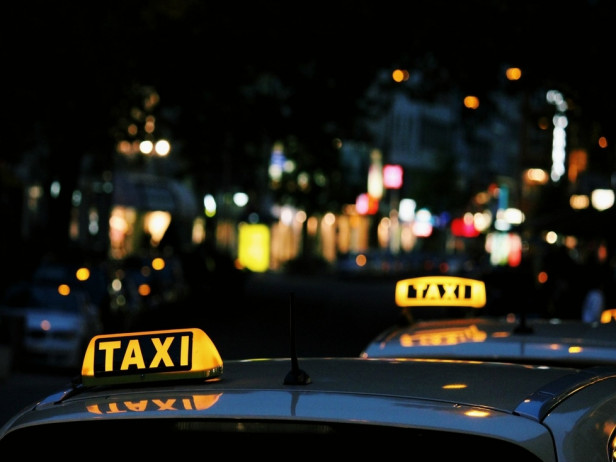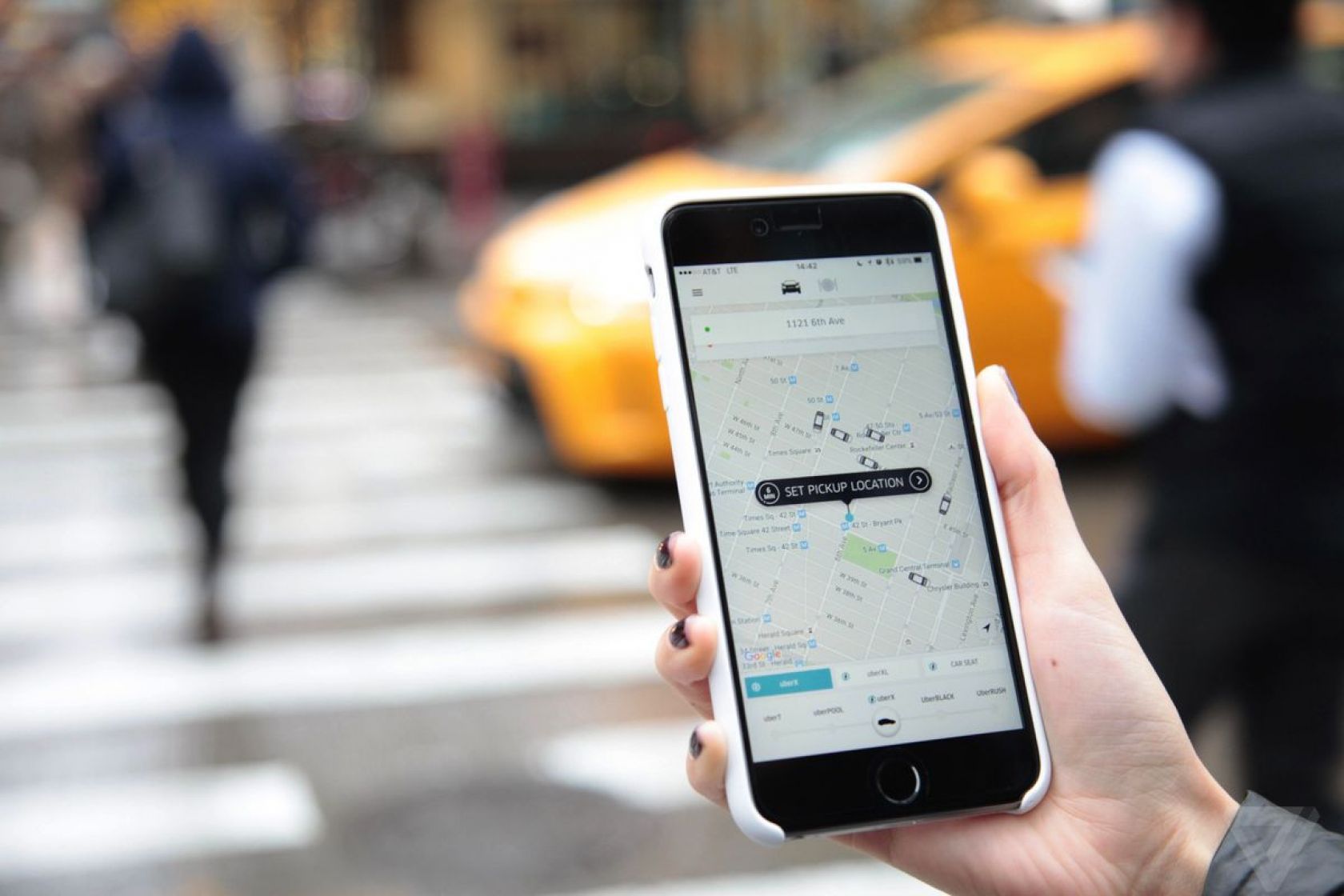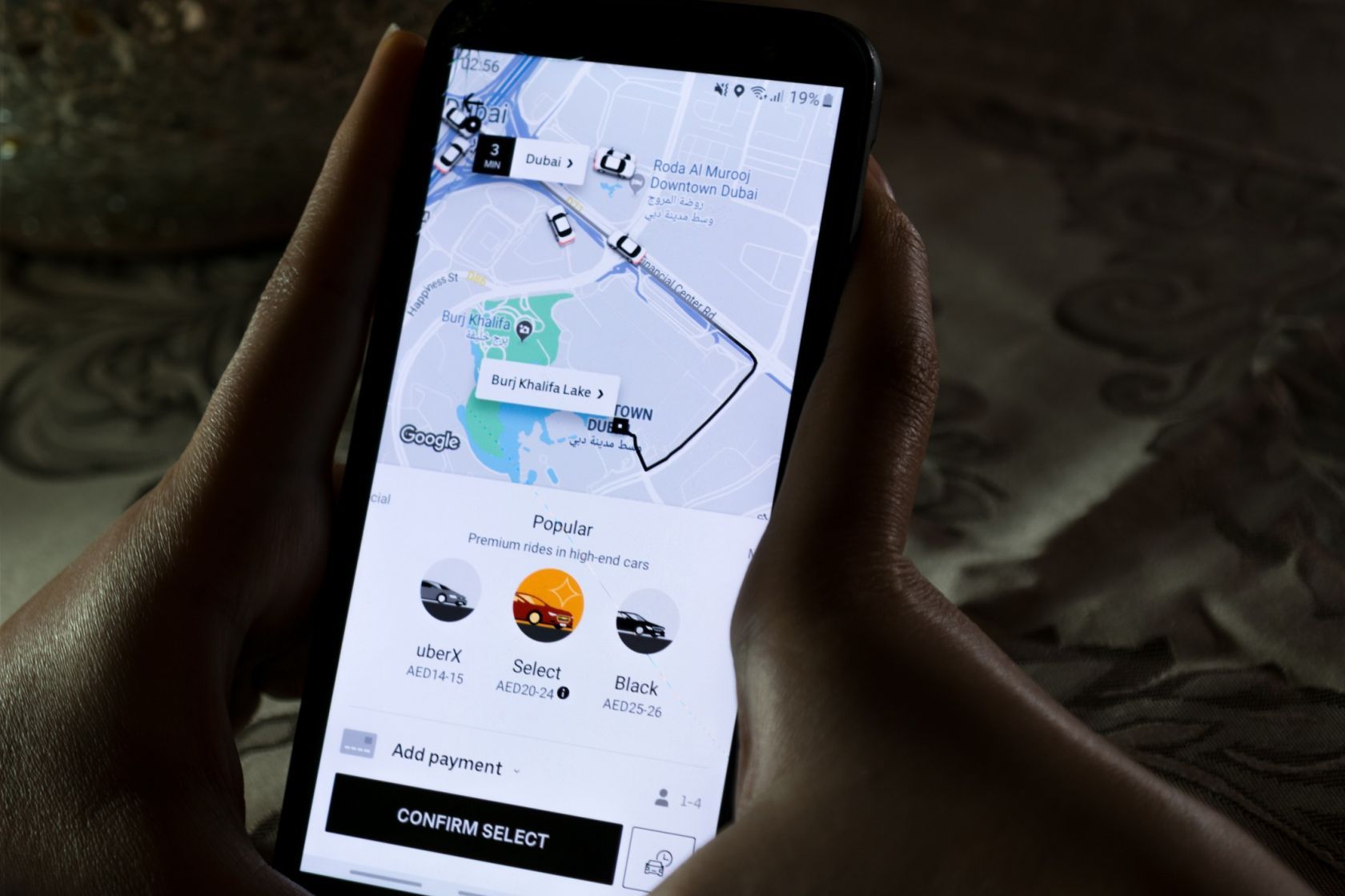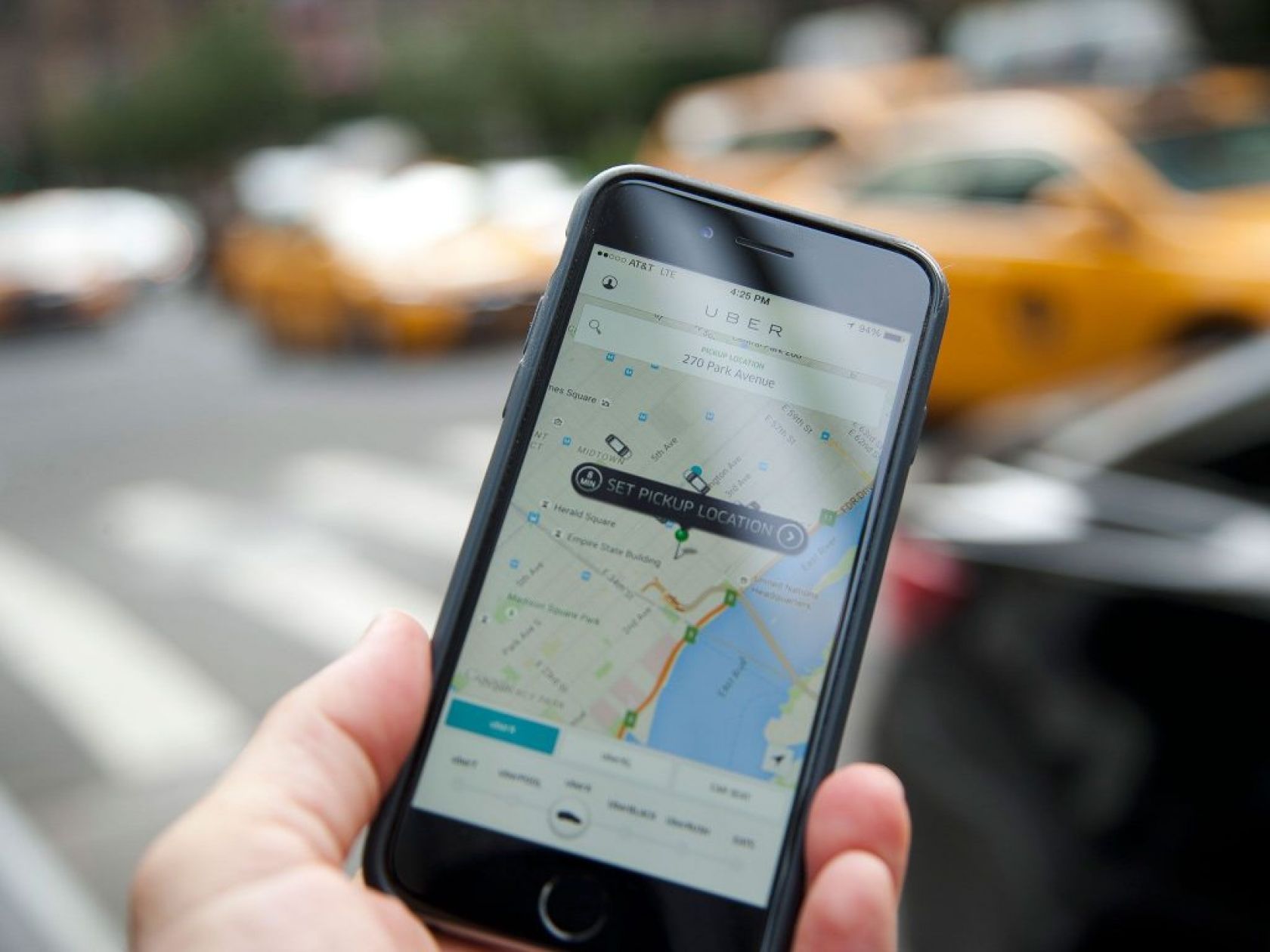How do developers determine the cost of a taxi app?
The cost of developing a taxi application could be calculated quite simply: one multiplies the amount of time time by the hourly rate - and voila. But, in fact, it's not as simple as it seems. As we shall see, these two key factors depend on many others.
Firstly, the hourly rate of a specialist depends on his level: Junior, Middle or Senior will chargedifferently, and this is not surprising. You can justify this with experience, but there is another catch: two middle developers can have varying experience, and the cost will also be different, although the level is considered the same. Another important point is the specialty itself. What do you require; designer, tester, developer? Thisalso determines how much the taxi application will cost, because the hourly rate differs. Moreover, even within one specialty field there are significant differences: a designer can specialize in UX or UI, or both; the tester can work manually, or can use automation; and the hour of the programmer's work, in addition to dividing into Front-end and Back-end, also depends on the technologies they have at their disposal. All of this must be taken into account.
When we talk about the length of time, this depends on the functionality that needs to be achieved, the level and experience of the developer: how quickly they will be able to perform their tasks, as well as on your own involvement and participation as feedback from the client is an integral part of the development process. Without this it can be simply impossible to progress.
The main factor on which the necessary level of specialist depends, however, is the technology stack available for development and the time it will take to accomplish your project. Therefore the cost of creating a mobile application hinges directly on the features of the application itself.
Features of a ride-hailing appis what mainly affectscost
When we talk about available features, first of all it is necessary to emphasize the number of functions executed. Obviously, each of them requires some time and effort to enact. The structure and architecture of the application are also important, because complex relationships complicate the work of the development team.
Let's look at the functionality of the Uber application to understand what features you need to allocate resources for. Keep in mind that you do not have to implement all the features from competitor applications, nor do you need to limit yourself to them, it is a good idea to add some unique components to make you stand out. Nevertheless, let's get back to our example.
It is worth noting that the application architecture has three subsections: for the client, for the driver and for the administrator. The functionality of each section is significantly different, but everything intersects in a single database. We will consider the functions of each subsection separately.
Client application
1. Registration
When the user first opens the application, they must first must register. This stage is common to all users. It is this ‘gateway’ that divides application users into the three categories: drivers, clients and administrators. The data that the user enters during registration is stored in the database and is used for further identification.
2. Choosing a car
Before a user orders a ride, he must be able to choose the type and class of car they want. To do this, it is necessary to have a database of cars with a clear division into types and classes, as well as with an indication of additional car capabilities that users may need: a child seat, a large trunk and so on. A specially developed algorithm will show the user's order only to those drivers whose cars fit all parameters.
3. Ordering a trip
Once the car is selected, the user can book their trip. To do this, you need to select the place of departure and place of arrival. The taxi application allows you to do this using a mapor by specifying the exact address in the input line. It is also necessary to integrate the GPS module so that the user can call the car to their current location.
4. Calculation of the fare
All calculations in the application are carried out automatically, the cost depends on the route distance, as well as the selected type and class of car. It is important that discounts, promotions and promotional codes can also be used when calculating the cost, which should be taken into account when creating the calculator.
5. Estimated arrival time
The approximate time of arrival at the destination is also calculated automatically based on the route and traffic situation along the route, for this readon the application is integrated with maps. It is also important to take into account the time of arrival the time it takes for the taxi to reach the client, and not to start counting down from the moment of order.
6. Real-time tracking
When the driver accepts the client's order, the user becomes geolocated. This allows you to track the speed of arrival of the car to the passenger, as well as to calculate the time of arrival at the destination in real time.
7. Payments
Payment is provided in various ways: cash to the driver after arrival or by bank transfer through the application. To do this, you need to integrate certain banking modules that will allow the user to link his bank card to the application for automatic debiting of payment. It is also possible to pay with Google Pay or Apple Pay so that the user can choose a card to pay with each time and confirm payment manually. To do this, you also need to link the appropriate modules.
8. Pop-up notifications
Push notifications are one of the best ways to continuously keep in touch with your users , and it has also found application in ride-hailing. So, even when the user minimizes the application after placing an order, he will receive a notification that the order has been accepted, the driver has arrived, transfer of funds and so on. You can also notify users about receiving bonuses and availability of promotions.
9. SOS alarm button
Safety equipment, in the case that an emergency occurs during the trip, allows you to instantly call for help in any situation.
10. Rating
The rating function is the ability of passengers and drivers improve the experience of their peers. They can leave ratings and feedback to those with whom they have just shared a trip. Thanks to this, the taxi service is improved, and the user experience is enhanced, which has a positive impact on the reputation of your application.
Application for the driver
1. Loading a document
First of all, the driver must have the necessary documentation in order to provide a taxi service. Among them is a driver's license, as well as the necessary vehicle insurance and so on. Without the relevant documents, the driver cannot be allowed to serve passengers.
2. Accessibility
Since drivers are on the road , the application should be thought out in such a way so as not to distract them from their driving, but at the same time give them the opportunity to take orders and manage their work process.
3. Navigation systems
Integration with maps, as well as access to the current location of the driver, allows you to display the pickup point to the passenger and create the most optimal route there, as well as tracking the passenger to their destination.
4. Earnings
The application allows the driver to receive a cashless payment from the user, and also conducts the entire calculation of earnings, which is very convenient for tracking efficiency and profits.
5. Rating
The driver's rating allows him to take even more orders, and the opportunity to rate passengers - to improve the experience of his colleagues, as well as his own on future trips.
Administrator panel
1. Checking profiles
The administrator is responsible for all the information contained in profiles being true. First of all, this applies to drivers and their documents, as well as car data. This is necessary to ensure quality service. The phone numbers of both drivers and passengers, their e-mails and so on are also reveiwed so that the service is accurate and high-quality, and all trips are safe for both parties.
2. Verification of the transaction
All non-cash payment transactions must be subject to verification in order to protect the driver, as well as settle any issues if payment does not go through. The task of the administrator is to resolve any financial issues, and the application should create all the channels for this.
How much does it cost to launch an app like Uber?
As you can see, the net cost of a mobile ride-hailing application depends on many factors. The main one is the functional and architectural features of the app. Further, based on these criteria, the optimal technology stack is selected, as well as the required development team.
It is impossible to immediately say how much it costs to develop a taxi application, but its cost can be estimated as soon as all the requirements for the application are decided upon. We always provide our clients with a detailed development roadmap, where we lay out how much time, what specialists, and accordingly how much financial resources will be required at each stage. We try to fully justify the cost even before development starts, so that our customers know exactly what they are paying for. However, it is necessary to warn that the cost may change along the way if changes are made to the requirements for the application during the development process. Nevertheless, this you are warned about right away.
WEZOM has experience in creating services for ride-hailing - these are solutions that simplify the work of employees and provide detailed statistics and transparency of business processes. In one such case, we built a system of three mobile applications with server logic. The passenger application is available on both Android and IOS.
To find out how much your taxi application will cost specifically, leave a request on the website. Our manager will call you back and ask you a number of questions, the answers will help us to more accurately orient you within the price range of your project.




